#Space photography
Explore tagged Tumblr posts
Text

Saturn by JWST
#art#cosmos#cosmic#universe#blast#space#photography#saturn#james webb space telescope#space photography#jwst images#hubble space telescope#astronomy#jwst
865 notes
·
View notes
Text
Mars photo shows the Red Planet from above in "true" color for the first time ever
This view is about 1,550 miles above the Valles Marineris canyon system, revealing an enhanced view of Mars without its polar caps, thanks to the relatively low altitude.

#mars planet#water on mars#mars colonization#life on mars#mars#planet mars#solar system#astronomy#nasa#astronomers#universe#nasa photos#astrophotography#outer space#astrophysics#nasawebb#hubble space telescope#international space station#space science#space exploration#science#space travel#space#james webb space telescope#space photography#nasa science#science facts#planetary science#astronomy facts#our universe
55 notes
·
View notes
Text

The beautiful planet Saturn taken by the James Webb Space Telescope!
James Webb Space Telescope Discoveries
#space#space photography#space images#outer space#saturn#james webb space telescope#James Webb Telescope Discoveries (Facebook)
4K notes
·
View notes
Text
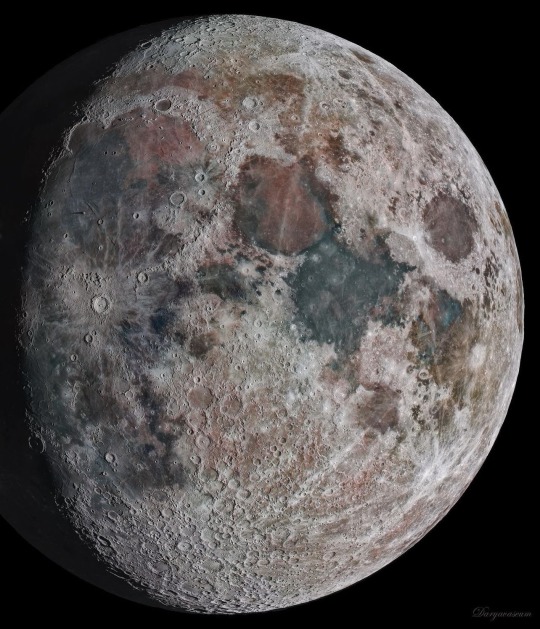
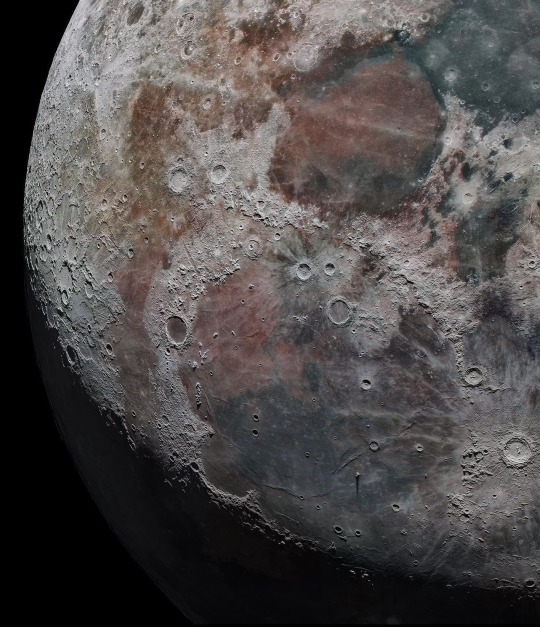


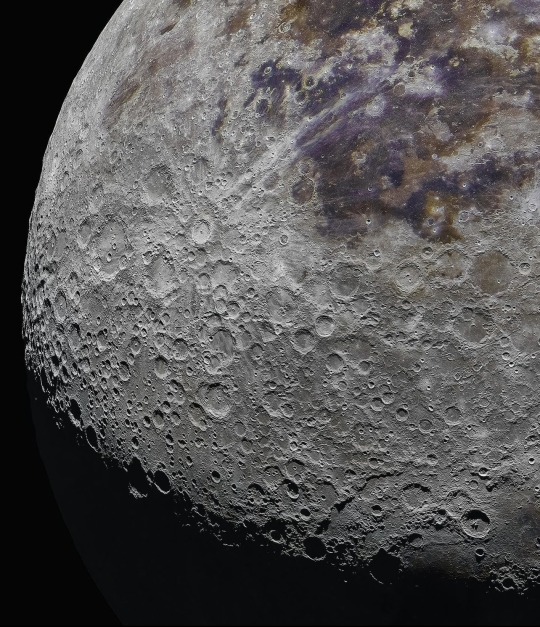

The Most Detailed Images of the Moon ever (2023)
Photographer Darya Kawa stacked (133,000) frames and 147GB worth of data to achieve this. I've been working on this project since 4 days ago. This image takes up to 22 hours of editing and stacking since the amount of data was so massive.
Kawa took almost a quarter million frames (231,000) and i spend unimaginable amount of work over the course of 3 weeks to process and stack all the data which was equivalent to 313 GB.
15K notes
·
View notes
Text


The Milky Way shines brightest during the new moon
#landscape#landscape photography#nature#nature photography#naturecore#photography#photographers on tumblr#astrophotography#astronomy#stars#milky way#galaxy#sky#space#space photography#midwest#🌌#✨#new moon
3K notes
·
View notes
Text

NGC 7293 Helix Nebula in Aquarious constellation
Credit: Vista Telescope
#helix#nebula#astrology observations#astrophotography#photographers on tumblr#galaxy#universe#europa#international space station#space photography
5K notes
·
View notes
Text

Just an earth-bound misfit, I.
#photographers on tumblr#original photographers#artists on tumblr#landscape#mostly nature#arizona#vertical#comet#night sky#space photography
1K notes
·
View notes
Text

Globular Cluster
NGC 1850 is a fascinating globular cluster located in the Large Magellanic Cloud, a satellite galaxy of the Milky Way.
It is situated approximately 160,000 light-years away from Earth in the constellation Dorado.
NGC 1850 is notable for its rich population of stars and its complex structure, which includes multiple stellar populations.
Credits: NASA, ESA and P. Goudfrooij (Space Telescope Science Institute); Processing: Gladys Kober (NASA/Catholic University of America)
#space#galaxy#stars#astronomy#nasa#hubble#nebula#constellations#universe#cosmos#outer space#space photography#space exploration#aesthetic
723 notes
·
View notes
Text
529 notes
·
View notes
Text

#photography#space#outer space#deep space#james webb space telescope#messenger spacecraft#space and astronomy#space art#space photography#space exploration#astro notes#astro observations#astronauts#astronews#astrology#astronomers#astronomy videos#astronomy#astronomy photography#astrophotography#astronaut#astrophysics#astronomia#planets#planet#planet saturn
1K notes
·
View notes
Text



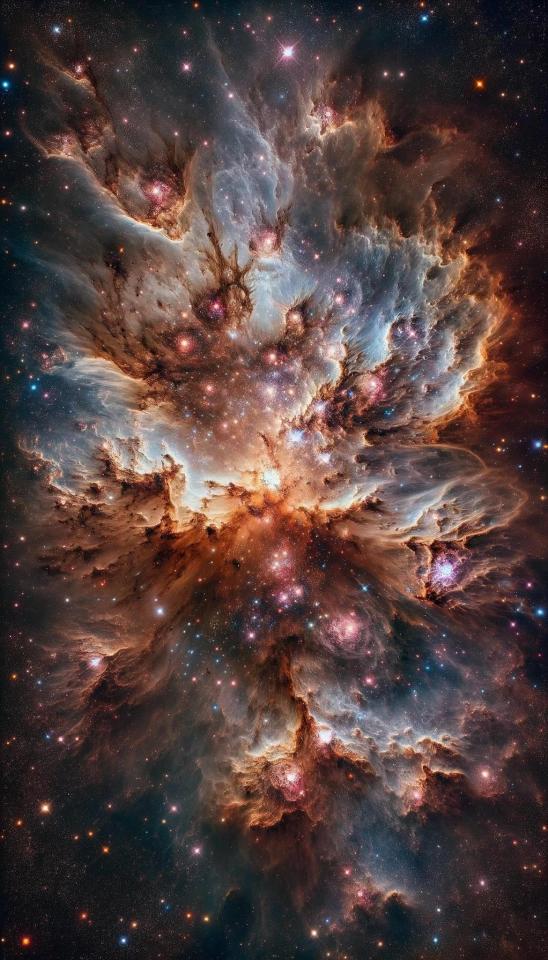
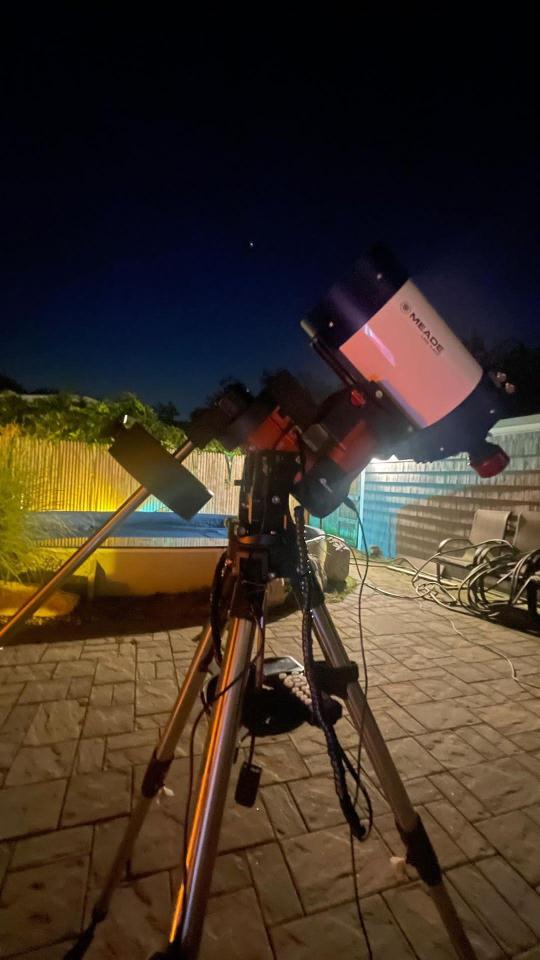
Think we're the only planet with life? 350mp quality. Remember to download to your phone and zoom in. Gets even more beautiful. Yes this is a nebula, yes I know there’s no life in a nebula. Of course these are not real photos. Duh!
#astronomers#astrophysics#astrophotography#astronomy#space station#hubble space telescope#james webb images#james webb#nasawebb#nasa#space photography#universe#astrology#astro observations#astro notes#asterion#telescope#james webb space telescope#mars planet#jupiter planet#saturn planet#planet#planets#space science#space#outer space#james webb space technology#space exploration#jet propulsion#i love astronomy
11K notes
·
View notes
Text

Milky Way. Rocca Calascio. Abruzzo, Italy.
#rocca calascio#calascio#abruzzo#italy#italian photography#robertocastigliaphotography#milky way#galaxies#astronomy#space#space photography#night sky#nasa#astrophysics#long exposure#science#original photography#photographers on tumblr#photography#landscape
445 notes
·
View notes
Text
The closest image of Venus!

James Webb Space Telescope (JWST)
#space#space photography#space images#outer space#james webb space telescope#jwst#special interest#what’s you favorite planet?#feel free to share/reblog#James Webb Space Telescope (JWST) (Facebook)
643 notes
·
View notes
Text
The Butterfly Nebula (HST)
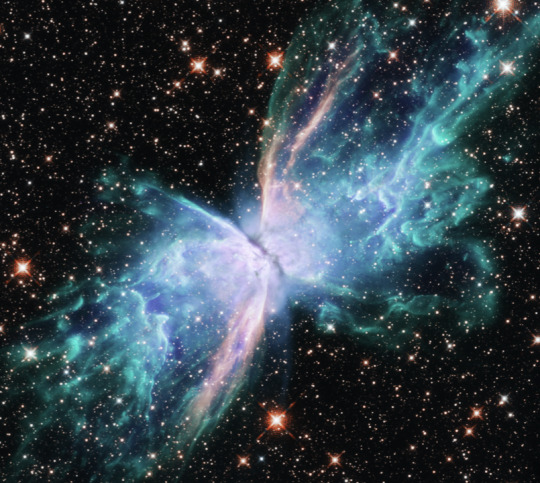
#again for the aesthetic colour blogs#i do this for you#astronomy#space#space photography#astrophotography#hubble space telescope#nasa#butterfly nebula#nebula#stars#space aesthetic#blue aesthetic
1K notes
·
View notes
